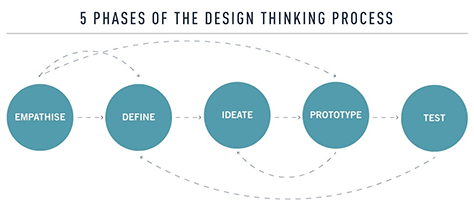Almost a year ago, I convinced my company to implement Pendo, a robust product-analytics tool, because we wanted to start tracking usage across our suite of products. As the sole UX researcher, I led our setup and implementation of Pendo. First, I explored the tool and played around with its various layers of functionality, trying to make sense of it all. I soon became overwhelmed. There were so many ways to slice and dice the data, and I lacked a clear idea of what actionable data and recommendations my internal stakeholders needed. Our products are quite complex, nonlinear, and vary greatly in their maturity, so there were no obvious or universal applications of the data.
But I was determined to push forward anyway, thinking possible solutions would begin to crystallize over time. Some general analyses and use cases came to mind, so I put together a comprehensive report about what I assumed would be most useful to my stakeholders. This was my first mistake. I wasted a lot of time putting together a huge report that no one had really asked for or would use or care about. In this article, I’ll describe what I learned from this experience.
Learning #1: Include your users and stakeholders early and often.
I recognized that my initial approach and report had failed, so I decided I had to iterate. Just as I would for a typical UX-research project, I needed to work closely with users and stakeholders. So I worked with my summer UX-research intern to identify key stakeholders who would find value in the Pendo data. We met with Product, Product Marketing, Marketing, Business Intelligence, Design, and Engineering to learn how Pendo data could help answer their core business questions. We learned what questions they’re focusing on and what problems they’re trying to solve. We gave them a demo of Pendo and generated a sample report that illustrated what data and analyses were available in Pendo. Giving them an overview of the type and depth of data sparked some productive brainstorming and discussions.

